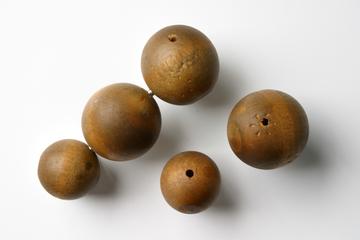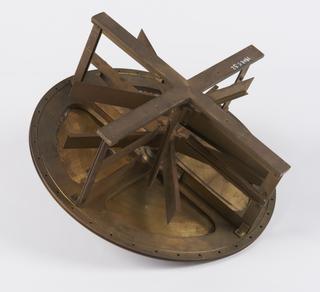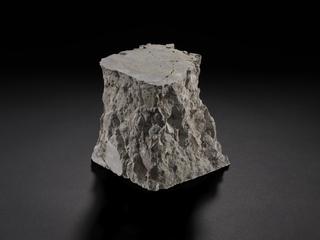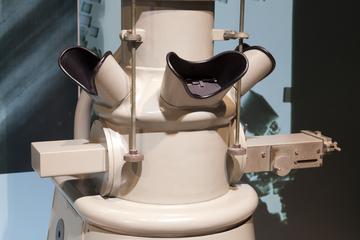
Experimental handmade circuit made using graphene

Experimental handmade circuit on a yellow chip holder, made using monolayer graphene and silver epoxy, University of Manchester, 2004-2010.
In 2004 Andre Geim and Konstantin Novoselov found a reliable and cheap method for obtaining monolayer graphene flakes from graphite, using scotch tape. After initially isolating graphene, Geim and Novoselov conducted experiments in their lab at the University of Manchester to explore the electrical properties of graphene. They found that graphene flakes can be used as transistors. They made hand-made circuits like this one, then more precisely made lithographically printed circuits. They went on to win the Nobel Prize in Physics in 2010 for their 'groundbreaking experiments regarding the two-dimensional material graphene'. The writing on the box is almost illegible, but reads 'transferred graphene sample'.
Details
- Category:
- Scientific Instruments & Research
- Object Number:
- Y2011.25.6
- Materials:
- plastic (unidentified) and graphene
- Measurements:
-
Overall: 1 mm x 6 mm x 6 mm,
- type:
- circuit
- credit:
- Gift of Professor Konstantin Novoselov




